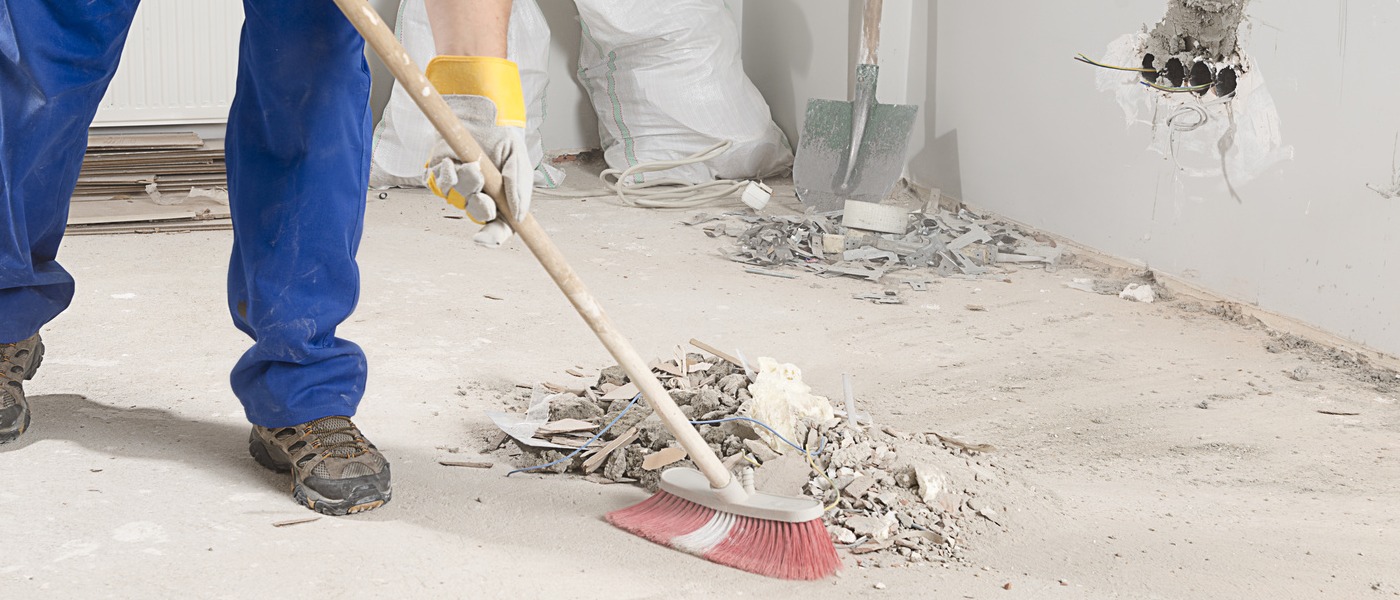Good housekeeping is one of the surest ways to identify a safe workplace. You can tell how workers feel about safety just by looking at their housekeeping practices. Good housekeeping isn’t the result of cleaning up once a week or even once a day. It’s the result of keeping cleaned-up all the time. It’s an essential factor in a good safety program, promoting safety, health, production, and morale.
Clean work areas and aisles help eliminate tripping hazards. Respecting “Caution” signs and immediately cleaning up spills prevents slipping injuries. Keeping storage areas uncluttered reduces the chances of disease and fire as well as slips, trips, and falls. Accumulated debris can cause fires, and clutter slows movement of personnel and equipment during fires.
Other housekeeping practices include keeping tools and equipment clean and in good shape or keeping hoses and cables or wires bundled when not in use. Broken glass should be picked up immediately with a broom and dustpan, never with bare hands. Be aware of open cabinet drawers, electric wires, sharp corners, or protruding nails. Either correct the unsafe condition if you are able and it is safe to do so, or notify the person responsible for overall Safety and maintenance so that something should be done.
How a workplace looks makes an impression on employees, customers and visitors alike. A visitor’s first impression of a business or jobsite is important because that image affects the amount of business or work it does. Good housekeeping goes hand-in-hand with good public relations. It projects order, care, and pride.
Besides preventing accidents and injuries, good housekeeping saves space, time, and materials. When a workplace is clean, orderly, and free of obstruction; work can get done safely and properly. Workers feel better, think better, do better work, and increase the quantity and quality of their work
Lets work together to create good house keeping habits!


